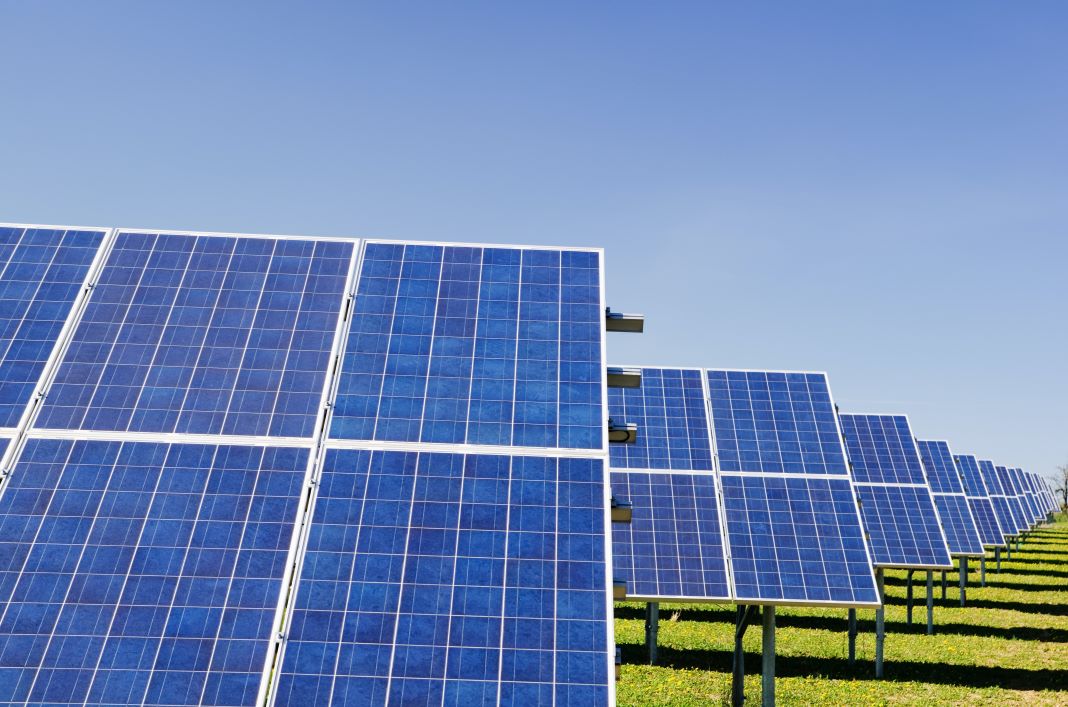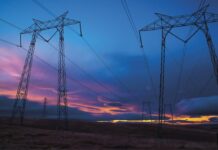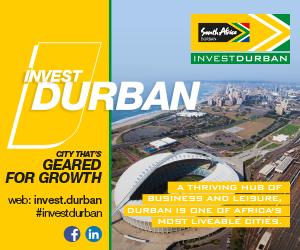Climate change is arguably one of the biggest challenges which the human race has ever faced. The effects of climate change are visible throughout the world and it is already disproportionally affecting poorer countries. However, richer countries are not the only contributors to climate change and are not solely responsible to solve it.
With South Africa’s grid emissions being some of the highest in the world due to our dependence on fossil-fuel-based power generation, it is clear that our current path to support our insatiable need for energy is not sustainable. Furthermore, research has shown that a stable and abundant supply of energy is the foundation of a flourishing economy.
Yet South Africa is experiencing unprecedented levels of loadshedding in already challenging post-Covid economic environment conditions. In the past four years alone, Vodacom South Africa spent R4.5-billion on backup power solutions and R300-million on diesel for generators. This is a staggering 11% of Vodacom’s total capital expenditure over the period. This highlights just how large a burden has been placed on South Africans, especially for businesses in the SME sector, who need to both maintain operations and remain competitive in their pricing. This is over and above the issue of greenhouse gas emissions.

Despite accelerated digitisation in the post-Covid era, South Africa has been regrettably slow in using the transformative power of technology to address perhaps our largest hurdle – the power crisis. For some time, electricity wheeling has been available in South Africa; however, in its traditional form it excluded the majority of the private sector from participating due to structural and administrative limitations. Legacy limitations prevented Eskom from opening wheeling to companies other than the typical large industrial and mining customers. Access to this solution was also limited to Eskom’s customers and those in specific areas, since only a few select municipalities had wheeling frameworks in place.
…there may be a light at the end of the tunnel with the introduction of a new technologically-enabled solution to the market.
Traditional electricity wheeling, with a few exceptions, typically involves a single buyer (a private company), partnering with an Independent Power Producer (IPP) to indirectly supply a single site with power, usually generated from renewable sources. This legacy approach requires the buyer to be indirectly connected to the IPP’s location through existing electrical infrastructure (the grid).
This has several challenges, especially for businesses with complex operating environments. In Vodacom’s case, our desire to participate in wheeling has been hindered by the complexity of our South African operating environment that includes over 15 000 distributed low-voltage sites located across the country within 168 municipalities.
However, there may be a light at the end of the tunnel with the introduction of a new technologically-enabled solution to the market. By reimagining the problem, for just over a year, we worked together to challenge the status quo, co-create, test and iron out the finer details and mechanisms to deliver a solution for which Vodacom finally entered into an official agreement with Eskom, called “virtual wheeling”.
The signing of this agreement opens significant opportunities within the private sector, giving all businesses a chance to save on costs and achieve their decarbonisation goals.
This solution enables the private sector to actively participate in solving the energy crisis by indirectly funding the development of renewable power, which is added to the national grid, all without impacting Eskom’s weak balance sheet. This is a technological innovation that every business in the country should be actively exploring which, if scaled properly, could significantly reduce or even eliminate loadshedding in South Africa in the next few years.

Virtual wheeling
This Vodacom innovation, which has been co-developed with Eskom, has been dubbed “virtual wheeling”. Unlike traditional wheeling, which (apart from a few exceptions) entailed a one-to-one relationship where a single IPP generates power into the grid and wheels the power to a single site (buyer), virtual wheeling enables multiple IPPs to generate power into the grid and wheel to multiple sites for a single buyer.
The platform that was developed enables a buyer to aggregate all of its consumption into time-of-use periods as a single account which is then matched, in time-of-use, with the aggregated generation by one or more IPPs.
In our case, we will partner with renewable IPPs, who will feed the generated power into the grid. The IPP and our sites will be metered and the metered data will feed into the virtual wheeling platform which we have built using our subsidiary Mezzanine. The Vodacom Energy Management System collects various consumption data points across a period, feeding this information to the Virtual Wheeling Platform. As long as the generation is lower or equal to the aggregated consumption, Vodacom will receive a refund from Eskom.
Importantly, implementing this solution did not require any amendments to existing electricity supply agreements and it does not impact the municipalities in any way.
As a purpose-led company, we believe that it is important to make a positive impact in the societies and environments that we operate in. There is, however, one remaining, unaddressed challenge for virtual wheeling. Eskom only refunds the buyer in virtual wheeling for consumption in municipalities who are in good standing. A mechanism is, therefore, required to “ring-fence” the electricity income in a municipality to provide security for Eskom.
For Vodacom, virtual wheeling is a key step towards achieving our own decarbonisation goals. For the country, it’s one of many steps towards resolving the energy crisis and enabling the migration to sustainable and renewable-energy generation plants. We have estimated that this approach will initially move 30% of our consumption to renewable sources, a significant step towards our goal of 100% renewables electricity sourcing by 2025. Beyond consumer interest, other sectors have come forward with potential complementary solutions which will help to mitigate the existing risks associated with this model.
For Vodacom, virtual wheeling is a key step towards achieving our own decarbonisation goals.
Among these concerns is how Eskom tariff increases over the term of a power-purchase agreement will affect the margin between the rate of the refund (which is currently based on the wholesale electricity pricing system, WEPS, tariff structure) and the cost of energy from the IPPs. Hopefully further testing and investment will sufficiently address any concerns over the commercial sustainability of this approach.
Beyond loadshedding
While opportunities are created with additional renewable power, interim solutions are still required to address the high usage of diesel for power generation. A whole economy for green hydrogen can be created with renewable power and hydrogen as a replacement for diesel combustion is ideal.
This means that purpose-led companies like Vodacom are on the continuous lookout for renewable power and alternative fuels, but most of the solutions have various limitations, which make the application in our industry limited and less attractive. Innovative thinking and contextualised solutions to address these challenges could disrupt the industry, revitalise South Africa’s economy and create a more inclusive future for us all.









